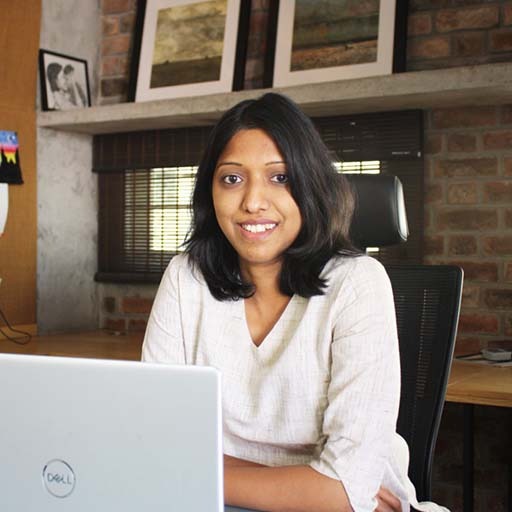Principal & Founding Partner-BetweenSpaces (Interview PART-1)
Despite the fact that India, a rapidly developing country, is one of the key places in the world where architecture could have the greatest impact, there has been little critical reflection on the country’s architectural landscape, and architecture has struggled to assert its value to the wider population.
In a freewheeling interview with best creators, Divya, an expert in the field of architecture, shared her entire journey, challenges, and tips to vendors and turn key contractors. Divya’s success story is truly fascinating and will undoubtedly inspire many aspiring architects.
She was born and brought up in Bangalore and achieved her architecture degree from RV College of Architecture. She interned with Arya Architect in Ahmedabad. She worked in hundredhands from 2007. There were some events in 2009 and it was a difficult time for the construction industry. She wanted to start her own business and see where it would take her.

Then she started working in 10 by 10 spaces in her father’s office to see how things goes and what they could do. Because she was young at the time, she wasn’t sure exactly how to carry it forward. It was a good thing that they were taking it one day at a time and seeing where it goes. There was enough room for both of them to sit and work. In 2013, they were given the opportunity to construct their own office building, which was so beautiful that it received numerous awards from NDTV and other media outlets.
When asked about some of her initiatives to better serve the industry, she enthusiastically responded, our personality usually has an impact on our organization. The process is also very intuitive, and we look at each design from the ground up to ensure that the elements are well incorporated and that the space evokes some meaning beyond the intellectual of the process. Design must be contextually relevant, regardless of the site, people, place, climate, or budget. As much as the space is important, it must reflect the people’s personalities. Rather than doing something trendy, they look at making the space more long lasting because we use a space for a longer period of time versus a short period of time.
Aside from that, light and air are very important in most of our buildings. We’ve done a lot of projects in the urban context where it was our primary requirement to ensure proper lighting and ventilation.
She has grown exponentially as a result of tackling every challenge that has come her way. When asked about some of her challenges, she stated, nowadays, we have social media platforms such as Google Images and Pinterest, and it is common for clients to want us to replicate design ideas. We cannot ignore the client’s request, and we do refer the media images shared by client. At this time, we faced numerous challenges due to the abundance of images on Google and Pinterest. We access what can be interpreted in the way we can, because we cannot ignore their requests nor can it come in the way of an intuitive creative process. It’s a constant juggle to keep both parties in tandem and have results that are really unique.
It’s also about perceiving spaces; sometimes clients don’t perceive the space, so we make an effort to explain to them as much as possible through 3D models before arriving at the site, so that when we execute, they are clear about what is being built. Then one of the most difficult challenges would be carrying out the details. We frequently have issues with drawings, and when we arrive on site, contractors interpret them incorrectly.
We overcome it by being on site more frequently and ensuring that it is carried out as planned, because it has been observed that details are frequently overlooked by contractors, resulting in problems.
The construction of their own office was Divya’s most defining moment. It was a 30X40’ site and we had to build the house and office on the same site. The most important aspect for them was that the building had to reflect their personality, which was a fantastic opportunity. Their personal and professional beliefs should be reflected in the structure.
She added, “It was also a significant milestone because we understood how to implement this complex requirement in a site with buildings all around and only open on the road side.” The most defining moment was putting all of the complex requirements together. It was also a great learning experience for us because it could have appeared complicated and messy, but we simplified it.
As said earlier, our understanding of contemporary architecture is more of our personal identity. Profound quality of the past works of masters that we refer back to often. We don’t really seek for trends but of course we have a look out of materials that we can use in our projects but not in the sense that it’s trending nowadays so we have to put it.
If we have a thought behind having some material or having some design elements then we seek out for what materials are there in the market. We also believe and assume that buildings will last longer and it has to have a timeless quality. It shoul’t have trends that have to changed often. To be continued. >>.
